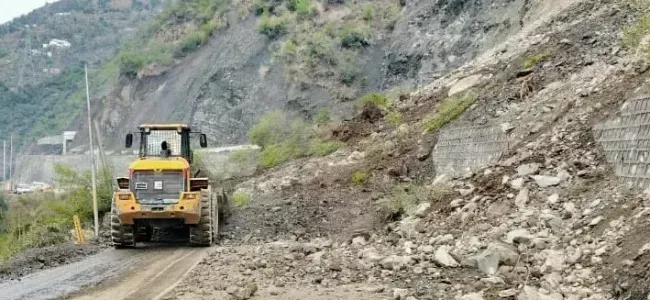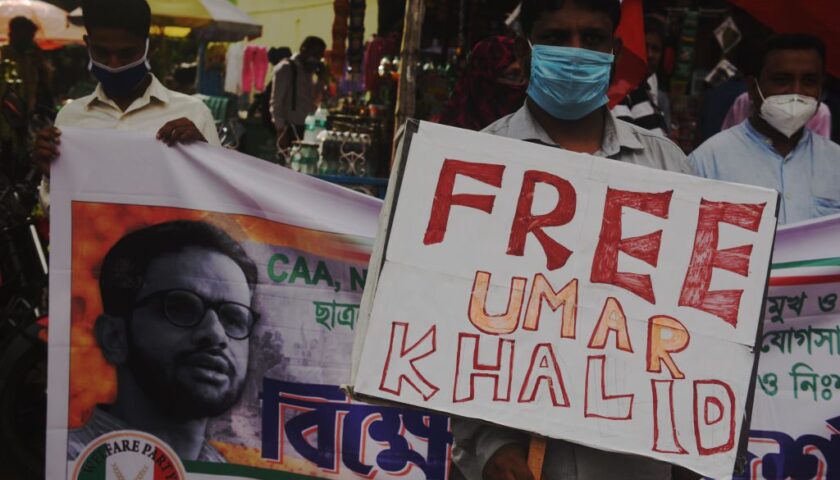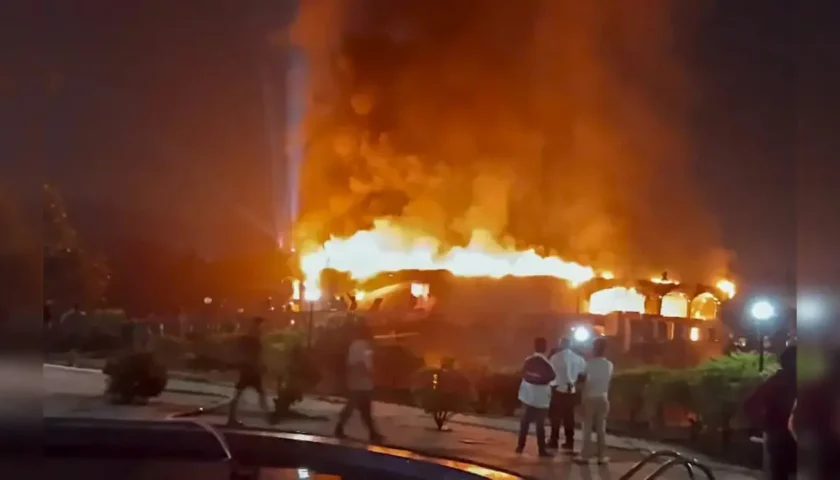Rain Paralyses North India | Yamuna Floods Delhi, J&K Cloudbursts, Himachal Landslides
By: Javid Amin | 03 Sep 2025
North India in Crisis: The Monsoon Turns Deadly
North India is facing one of its worst monsoon disasters in recent memory. Torrential rains, cloudbursts, and swollen rivers have left dozens dead, thousands homeless, and key transport arteries severed. From Punjab’s submerged districts to Ladakh’s rare deluge, the region is battling nature’s fury on a scale not seen in decades.
State-by-State Impact Breakdown
Punjab: Worst Flood in 40 Years
-
29 confirmed deaths
-
Rivers Beas, Sutlej, and Ghaggar overflow
-
Seven districts submerged, mass evacuations underway
-
Crops destroyed, villages cut off
Delhi-NCR: Yamuna Breaches Danger Mark
-
Yamuna at 205.75m, above danger mark of 205.33m
-
Low-lying areas like Mayur Vihar, Yamuna Bazar underwater
-
Schools & offices shut across Delhi and Gurugram
-
Gurugram saw 20-km traffic jams after 100mm rain in 5 hours
Jammu & Kashmir: Cloudbursts & Washed-Away Bridges
-
Dozens dead after serial cloudbursts and flash floods
-
Chenab & Tawi rivers washed away bridges and homes
-
Landslides cut off Jammu–Srinagar Highway (NH-44)
-
August 2025: 319.3 mm rainfall (73% above normal), 6th wettest August since 1901
Uttarakhand & Himachal Pradesh: Landslides Cut Off Towns
-
Manali–Leh highway swept away by Beas River
-
Dozens of hill towns isolated
-
Hotels, homestays, and tourist hubs stranded
Haryana & Chandigarh: Waterlogging Chaos
-
Flash floods cripple transport
-
Emergency services stretched thin
-
Daily life disrupted in Panchkula, Ambala, Chandigarh
What’s Driving the Flood Fury?
Experts highlight a perfect storm of meteorological and man-made factors:
-
Active Monsoon Trough intensified by Bay of Bengal low-pressure systems.
-
Western Disturbances colliding with monsoon currents over Himalayan belt.
-
Urbanisation & Deforestation accelerating runoff and blocking drainage.
Historic August Rainfall Figures
-
Jammu: Udhampur (897.9 mm, +159%), Doda (488.2 mm, +290%)
-
Samba: 720.5 mm (+126%)
-
Kashmir Valley: Anantnag (+35%), Srinagar (+15%), Pulwama (+18%)
-
Ladakh: Kargil (+1,530%), Leh (+877%) → Rare Himalayan deluge
Travel Chaos: NH-44 & Alternate Routes
-
Jammu–Srinagar NH-44: fully closed (landslides, mudslides, shooting stones)
-
Affected stretches: Samroli–Banihal, Ramban, Darda, Udhampur (land sinking)
-
Alternate routes:
-
Mughal Road: open only for LMVs under timing/weather checks
-
SSG Road (Srinagar–Sonamarg–Gumri): regulated under BRO clearance
-
Advisory: Travel only if essential, carry ID, and check with traffic units in Jammu, Srinagar, Ramban, Udhampur, and Kargil.
What Lies Ahead
-
IMD forecast: No respite for 7 more days across Himalayan belt & NCR
-
Rescue ops: Ongoing in Punjab, J&K, Himachal; NDRF deployed
-
Long-term threat: Experts warn urban flooding and Himalayan disasters will intensify without climate adaptation and resilient infrastructure.
Bottom-Line: A Monsoon Reckoning
August 2025 will go down in history as the month when North India drowned under its own vulnerabilities—poor urban planning, fragile Himalayan ecosystems, and relentless climate shifts.
The question is no longer whether extreme rains will return—it is how prepared we are when they do.




